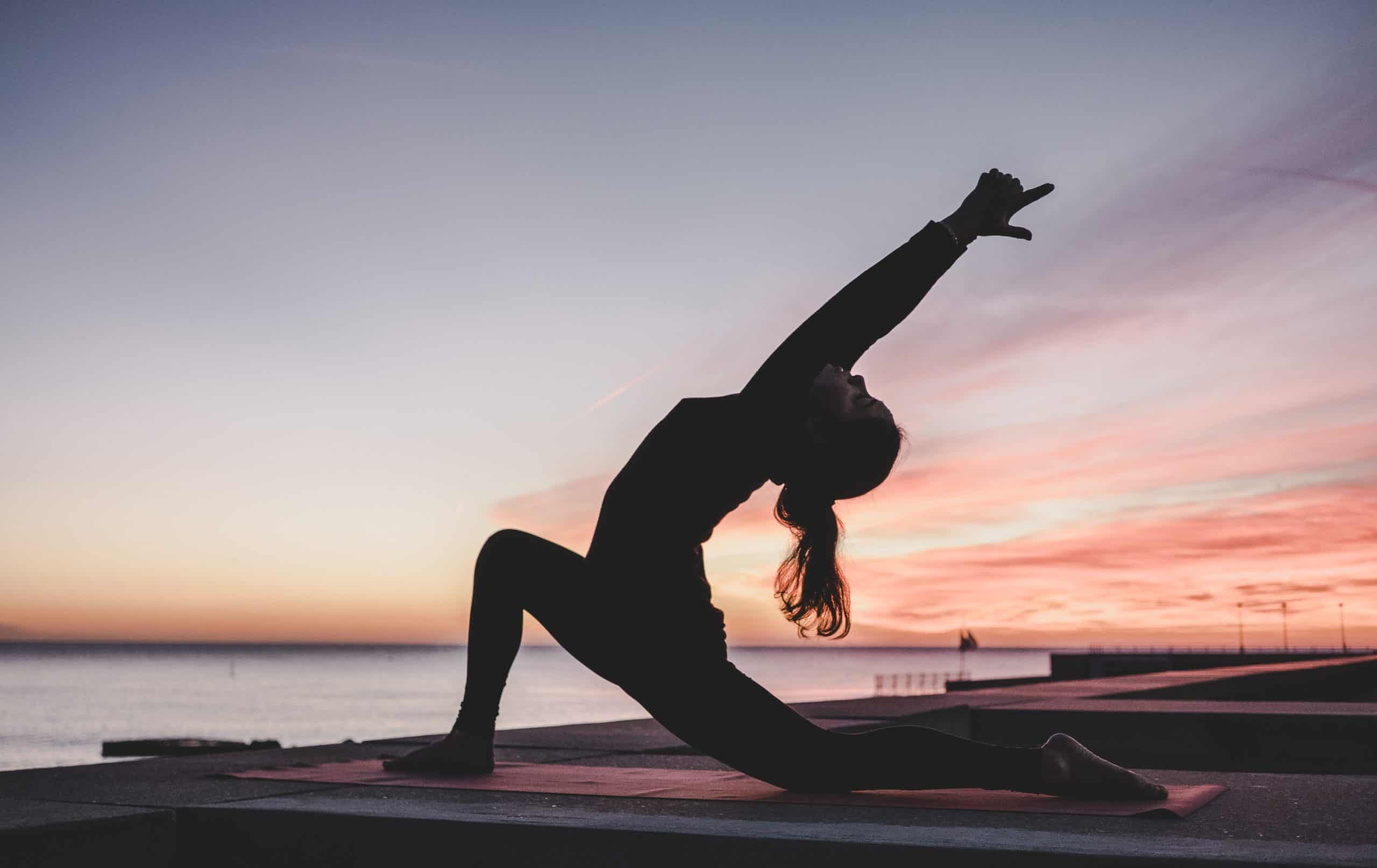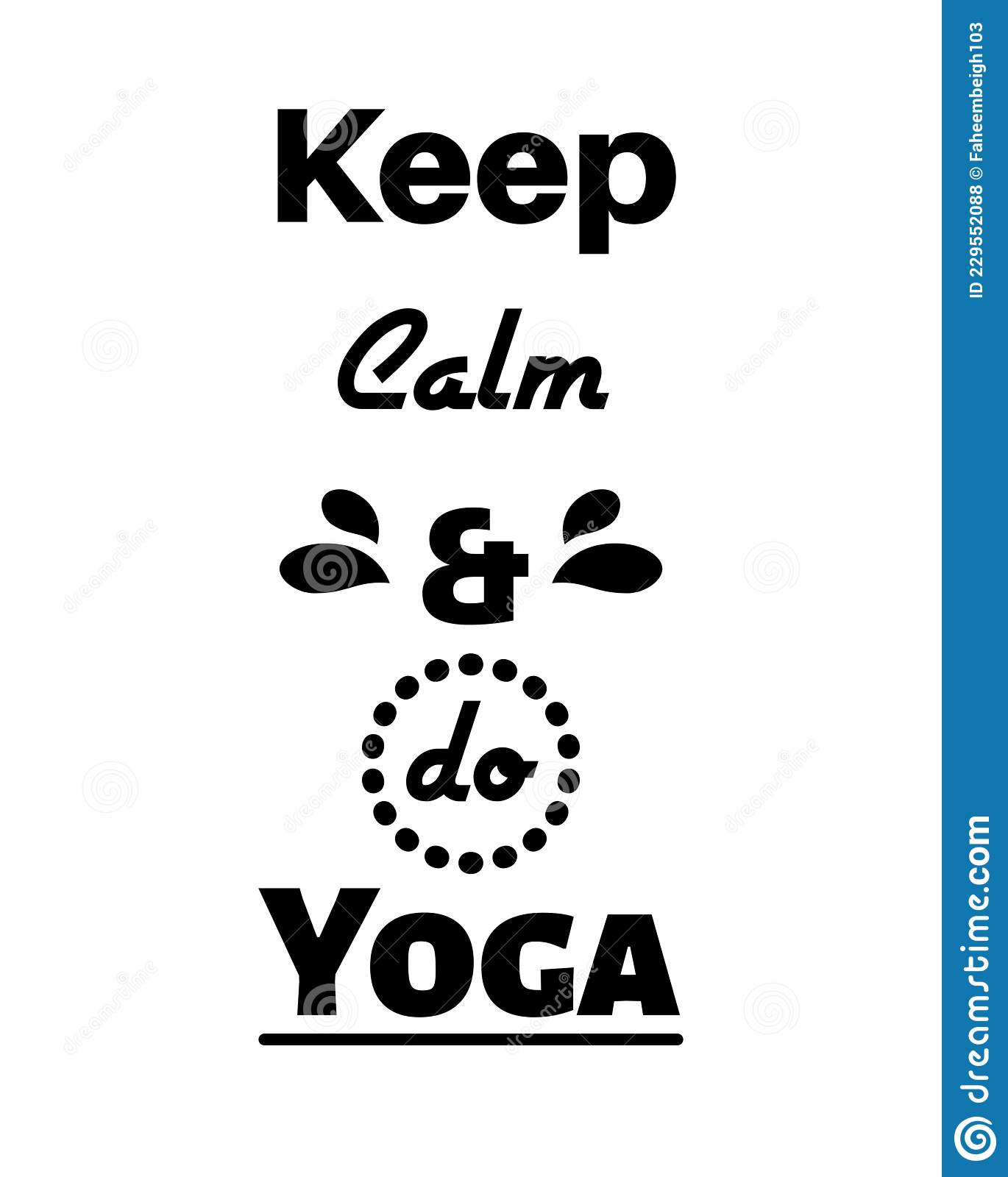
Constipation yoga has many benefits, but they don't just relieve abdominal pain. The first one involves a simple, but effective twisting pose that stretches your abdominal muscles and stimulates the digestive system. This yoga pose will improve your bowel movements and can help with bloating and periods. Here are some effective yoga poses that can help with constipation.
Cat-cow poses: This yoga posture stimulates the abdominal muscles by activating core muscle and simultaneously stimulating movement of the midsection. You will also need to exhale air from the belly in order for the intestines to move. This is believed to stimulate the bowels. It's a great pose to combine with a healthy diet and ample sleep. It can help alleviate your constipation issues.
Crescent Lunge Twist is a yoga pose that involves twisting your torso. This pose is great for beginners because it doesn't require much twisting. It will also help ease the gas-causing effects of constipation. Wind-Relieving pose: This yoga position is great for people who are suffering from constipation. It's a good inversion and can help relieve gas. For a beginner, this is a great pose to try.

Crescent Lunge (basic yoga pose): This basic pose stimulates the digestive track and blood circulation to the internal organs. Crescent Lunge requires you to be on your knees and hands with your palms facing forward. Tuck your right knee into your chest. Next, extend your arms and legs. Tuck your stomach toward your navel. Repeat the same thing on the opposite side. This pose will help strengthen your abdominal and bowel muscles.
Wind-Relieving Pose is a yoga asana that can be used to relieve constipation. This exercise helps strengthen the abdominal muscles, and it also releases excess gas and acid. This is one of the most difficult asanas. It's therefore important to take care while performing it. When performing this pose, beginners should avoid straining their abdomens. If you aren't confident about your ability to do this pose, you can slow down and increase the speed.
Yoga has many benefits for the digestive system, including relieving constipation and reducing stress. As well as being able to control your bowel movements, yoga also helps the body regulate the release of chemicals into your body. For example: Most of the serotonin we produce in our bodies comes from the gut. Therefore, strengthening your parasympathetic nervous and sympathetic systems can help you balance serotonin, cortisol, and other chemicals.
Universal spinal twist aligns the spine with the abdominal organs. It prevents gastritis. It can help to reduce belly weight. This asana also has constipation relief benefits. It is one of most loved supine asanas to relieve constipation. It is especially beneficial for those with high blood pressure or other medical conditions.

There are many other ways to treat constipation, aside from yoga. Warm water and walking regularly are great ways of reducing stress and improving the digestive system. Healthy eating habits will help you avoid chronic constipation, and increase your overall health. A gentle, seated downward dog position can be used to improve posture and alleviate pain in the back. This posture is especially useful for chronic constipation sufferers.
Yoga for constipation is not only beneficial, but it's worth it because of its symptoms. By following these tips, you'll be able to pass stool without pain and discomfort. So, don't delay. This yoga pose can be done today if you have a positive attitude.
Yins And Anti-Constipation: Discover the Many Health Benefits Of Doing Standing Poses
Ardha Matsyendrasana also known by needle pose helps to massage the digestive system. This pose is good for digestion and cleansing the body. This pose is particularly useful for constipation treatment. You can also sit for five to seven minute increments if you're not able to sit. Next, take a deep breath and then focus for a few minutes on the pose before you attempt it.
FAQ
Which workout is best to build muscle?
You need to perform two types of exercises when building muscle mass. These are the isolation exercises as well as compound movements. While isolating exercises target specific muscles, compound movements are designed to focus on multiple muscle groups at once.
You can improve your workouts by choosing exercises that challenge all major muscle groups. This ensures that you are always working hard during each session.
To keep track of what you have done, use an app called MyFitnessPal. It can track everything from calories burnt to weight lifting. You can even create customized meal plans that are based on your goals.
Is Cardio Better Than Strength Training?
Both are equally effective. However, cardio is more effective if you're looking to bulk up faster.
Cardio burns more calories per minute than strength training and burns more fat.
Strength training helps build muscle mass. But it takes longer than cardio to accomplish this goal.
Are There Any Benefits Of Doing Yoga?
Yoga has been around for thousands of years and is now very popular. Yoga is very popular with celebrities as well as ordinary people who wish to be fit and healthy.
Yoga is great for strengthening your muscles and stretching them. Yoga can also help calm your mind and relax you.
Yoga is more focused on breathing than other forms of exercise.
To improve your balance and flexibility, you can try different poses.
Statistics
- By John Thompson Take a whopping 38% off a set of PowerBlock Pros. (menshealth.com)
- 10 pounds in a month is likely during a lean bulking phase, especially for beginners. (muscleandstrength.com)
- An estimated calorie range for moderately active adult males falls between 2,200 to 2,800 calories per day, depending on age. (eatright.org)
- According to the American Heart Association, blood pressure should be checked at least once every two years, beginning at age 20. (my.clevelandclinic.org)
- The PRS enabled risk stratification for overall prostate cancer and lethal disease with a four-fold difference between men in the highest and lowest quartiles (HR, 4.32; 95% confidence interval [CI], 3.16-5.89). (pubmed.ncbi.nlm.nih.gov)
External Links
How To
How do I lose weight while working out?
Exercise burns calories by increasing metabolism and oxygen consumption.
Moderate intensity exercise is a safe way to lose weight.
These are some tips to help you lose fat while working out:
-
Do cardio exercises such as walking, swimming, jogging, cycling, running, or elliptical training.
-
Three times per week, exercise for 30 minutes.
-
You can add strength training into your exercise routine if you're looking to lose even more weight.
-
Avoid intense workouts. It's possible to build muscle, but not lose it.
-
Keep hydrated during exercise. Water flushes out toxins, and keeps your body properly hydrated.
-
Choose low-fat protein shakes after working out. Protein shakes boost energy and repair muscle tissue.
-
You can eat smaller meals throughout the day so that you don't feel hungry in between meals.
-
Don't skip breakfast! You can feel tired and slow if you skip breakfast.
-
Take care of your mental health. Stressful situations can slow metabolism.
-
Keep a positive attitude. Studies show that overweight people are more likely to be obese than those who perceive themselves as attractive.
-
Get enough sleep. Lack of sleep makes it harder to burn fat.
-
Stay active. Get up every hour and get moving.
-
Maintain a healthy diet. A healthy diet will help you feel fuller for longer.
-
Find relaxation techniques. Relaxing doesn't mean your body releases stress hormones which cause muscle tissue to be destroyed.
A balanced diet is one that includes all of the essential nutrients required for growth.
Six small meals per day is better than three large meals. This gives your body more time to digest the food you eat.
For strong bones, we need 500 mgs of calcium daily. Calcium is found in dairy products like yogurt, fortified milk beverages, orange juices, cereals and bread.
Calcium is found in leafy vegetables, beans and tofu, as well nuts, seeds and cheese.
Vitamin D is required by the body to absorb calcium. Vitamin D can also be found in some fortified foods such as eggs, fish, and yolk.
Vitamin E is crucial for skin health. Vitamin E is found in vegetable oils and wheat germ oil, as well as peanuts, almonds and sunflower seeds.
Zinc is essential for healthy immunity and wound healing. Zinc is found in seafood, oysters legumes meats, whole grains, whole grains and meats.
Zinc deficiency can cause fatigue and loss of appetite. It can also lead to depression and impaired immunity.
Consuming too much sugar can cause insulin resistance. This causes an increase in blood glucose levels. Insulin resistance leads to weight gain.
When there is a high level of free radicals, insulin resistance can develop. Free radicals are molecules with unpaired electrons that damage cell membranes and other parts of the body.
The main sources of free radicals are food additives.
Free radical damage can lead to cancer, heart disease, diabetes, arthritis, asthma, and aging.
A well-balanced diet rich in antioxidants is the best way for you to avoid free radical damage. Antioxidants protect against oxidative damage.
Vitamin C, beta carotene (found within citrus fruits, carrots, sweet potatoes and spinach), Vitamin E (found inside nuts, olive oils, avocados and eggs), and Vitamin C (found among mangoes.
Selenium, copper and manganese are all antioxidant nutrients.
Selenium helps protect cells from oxidative damage caused by free radicals. Selenium is found in Brazil nuts, tuna, liver, kidney, shrimp, cod, turkey, beef, lamb, pork, and chicken.
Copper protects the eyes, brain, lungs, liver, and red blood cells. Copper is found in shellfish, poultry, meat, and organ meats.
Manganese, an essential component of bone strength, is crucial. Manganese is found in brown rice, spinach, bananas, prunes, raisins, oatmeal, and lentils.
Zinc is important for healthy growth, reproduction, and wound-healing. Zn can also be found in white fish, lean cuts of meat, poultry, and eggs.